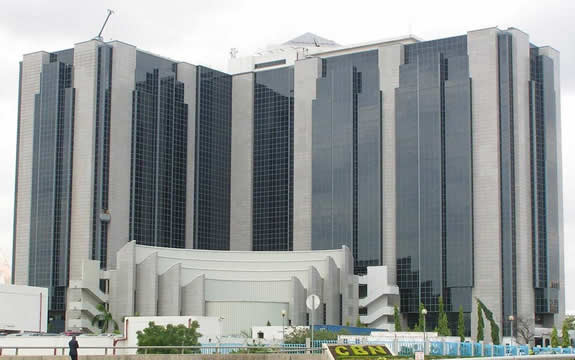Learning can be best achieved when it is integrated with excursion programmes. Excursion or field visits, give children educational experience and exposure, different from what they are taught in a regular school environment. To fulfill the academic mandate; the Economics students of Premiere Academy visited Central Bank of Nigeria.
(CBN) - currency museum which was established in 2009 in a bid to commemorate her 50th anniversary which held 28th January, 2020.
In the course of the excursion, the students had first hand field experience as to what the museum looked like and how they could differentiate an original naira note from a counterfeit one.
The students were enlightened on the paper and polymer money and how the different denominations of the naira notes are produced. Students were taught that the lower denominations (₦5, ₦10, ₦20, and ₦50) are printed on polymer substrate and are 130 X 72 mm in size, while the higher denominations ( ₦100, ₦200, ₦500 and ₦1000) are printed on paper substrate and are 151 X 78 mm in size. The printing process and the materials used, provide the naira notes with distinctive qualities necessary to give the currency a long lifespan in circulation. At the same time, these special features give a distinctive appearance and feel which are meant to protect the naira notes from being counterfeited.
With respect to distinguishing a fake naira note from an original one, students were educated on the distinguishing features to enable easy recognition. They were taught that the distinguishing features can be recognized by touch and visibility - the raised print, the security thread and the watermark were shown to them. The raised prints provide the tactility while the security thread, which ordinarily, looks broken but is not when held up against light, has “CBN” in small lettering printed on both sides of the notes. The naira notes are also protected against photocopying. There are also features which are visible under ultraviolet light for example; the serial number on each naira note is black but turns green under ultraviolet light.
Most of these things were alien to students but at the end of the excursion, students became abreast of the features that differentiate a counterfeit naira note from the original.
The excursion was meant to enhance learning and deliver on our core mandate that’s centred on building children who are socially aware of sensitive information both locally and globally aside what they experience in the learning environment.


